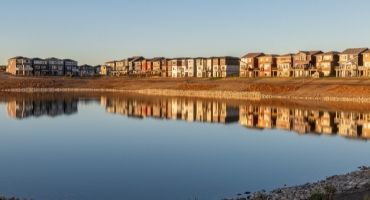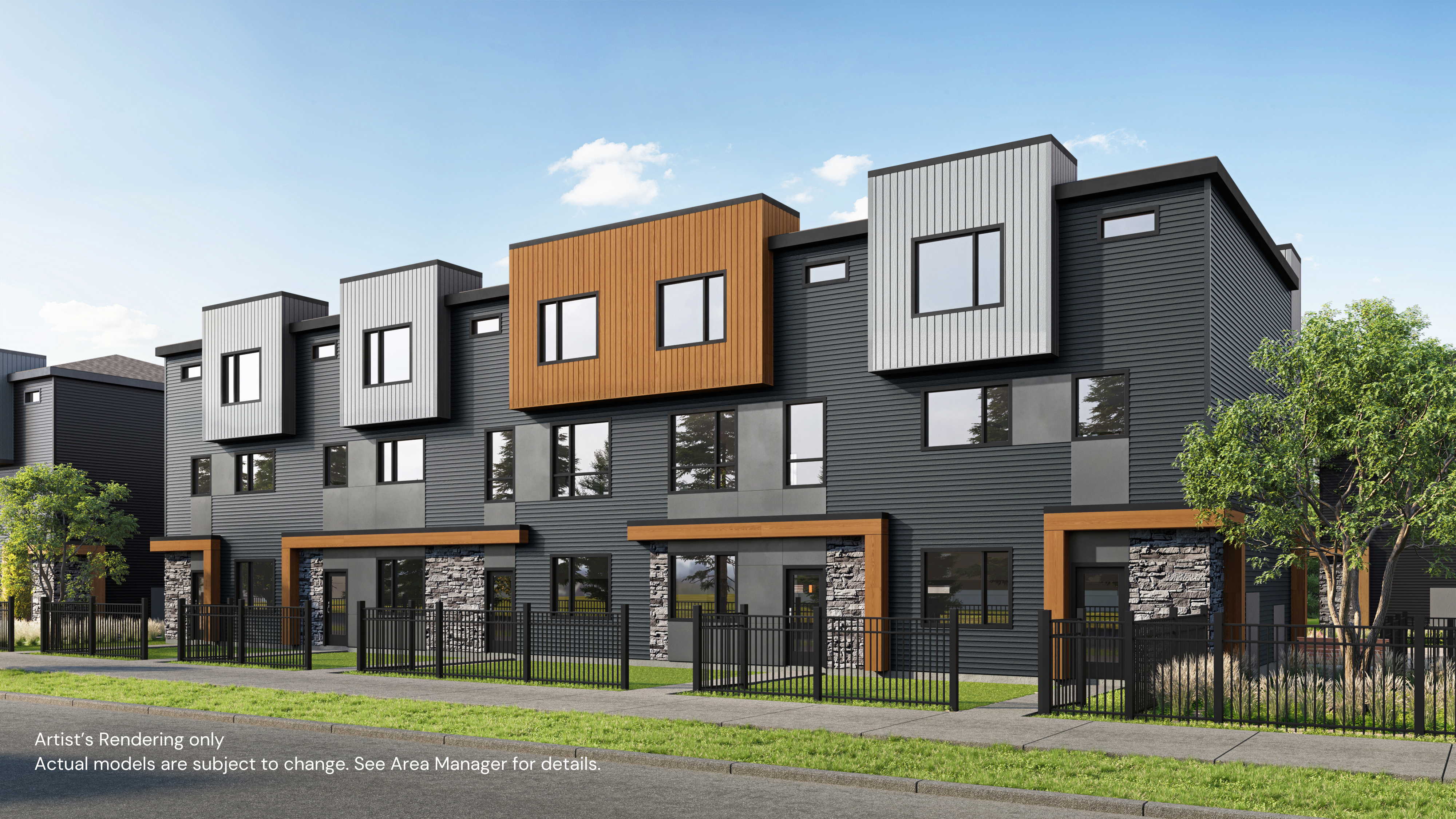While the home model you choose is an important decision, so is the land it sits on.
When building a home from scratch, you’ll pick a floor plan that meets your family’s needs and preferences. The sales representative in the community you’re buying in will then show you lot options in the community that fit the model you’ve selected.
This is where you can evaluate and compare what’s available.
Think about your lifestyle, suggests Erin Jorgensen, Shane Homes area sales manager in the south Calgary communities of Belmont and Pine Creek.
“Do you spend many evenings in your yard after work?” she asks. “In this case, you might prefer a backyard that faces west, to take advantage of the evening sun.
“Perhaps you want low maintenance and want to be budget conscious? In this case a zero-lot line might be perfect. Or maybe you hate shoveling tones of sidewalks? You will probably steer clear of a corner lot.”
For those who don’t know, a corner lot not only has a sidewalk in front of the home to look after, but one along the side of the home, as well.
“There are many factors that you have to consider when selecting a lot that is best for you such as budget, orientation, size, and location,” says Jorgensen. “By sharing details about your lifestyle with your sales representative they can help you find a lot that would best suit you and your family.”
Ultimately driving your lot decision, however, will be the buyer’s budget, as prices fluctuate based on their size, shape, and location within the community.
“Setting a goal in mind for your budget is a great place to start,” says Jorgensen. “This will go hand in hand with type of home you want.”
In recent years, zero lot line options have been increasingly more common in new communities.
But what are they?
Rather than the home sitting in the middle of the lot, as they do on conventional lots, with four feet on either side, zero lot line homes are closer to one side of the property.
As a result, there’s a five-foot side-yard on one side of the home.
“This means that you only have one side-yard to take care of instead of two,” Jorgensen says. “This is great because not many people use their side-yards very much anyways.”
With this configuration, you are only paying for the amount of space you need to build the home,” she adds. “They are growing in popularity due to affordability.”
This format means all windows will be concentrated on the side of the home facing the five-foot side-yard (in addition to the front and back of the home.) On the opposite side, people often add a skylight to pull in additional natural light, adds Jorgensen.


















